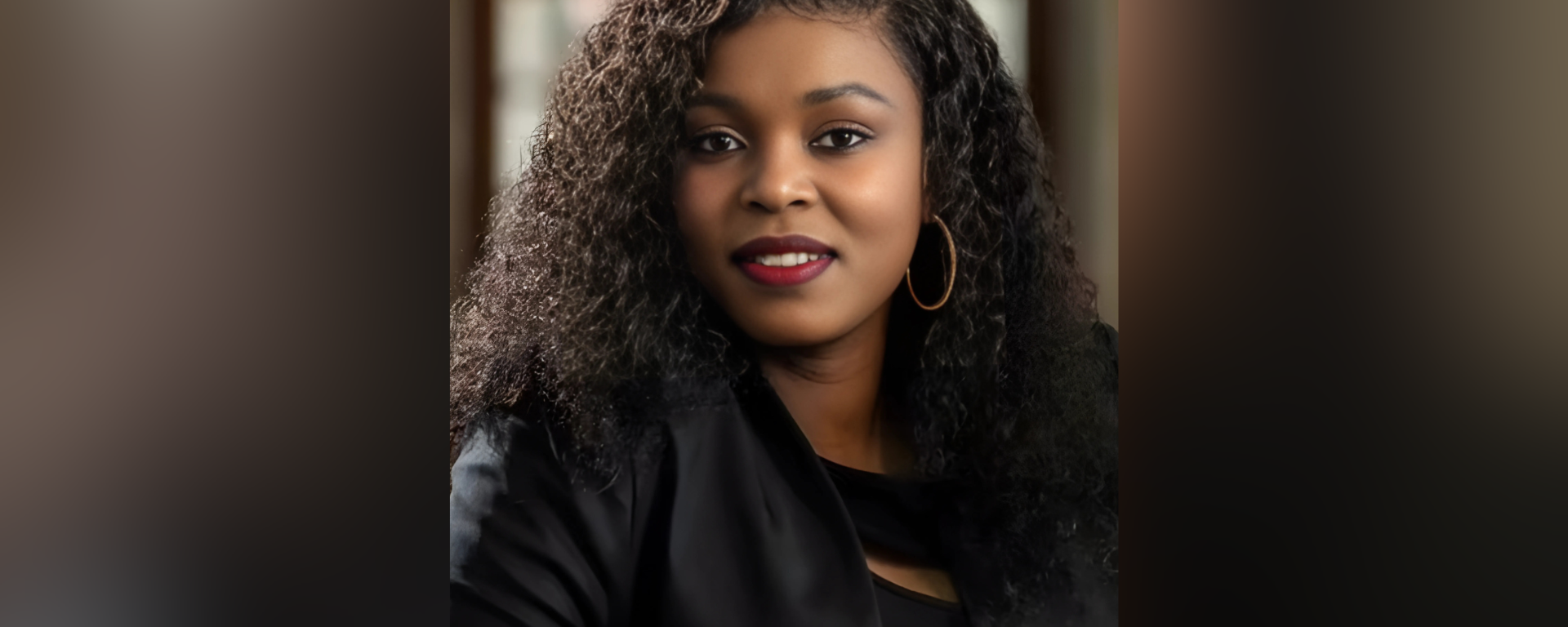My name is Dr. Mirriam Matshidiso Moleko, and I serve as a senior lecturer at University of South Africa (UNISA), where my work centers on foundational teaching and inclusive education strategies. I currently teach BPT 1501: Being a Professional Teacher — a module designed to support students in developing pedagogical competencies that are both contextually responsive and learner-centered.
In addition to my teaching, I supervise and mentor postgraduate students, guide research initiatives, and contribute to curriculum design that reflects UNISA’s commitment to transformation, innovation, and community engagement. My focus has always been on empowering future educators to become agents of change within their communities.
This commitment to equity and access is what ultimately led me to Universal Design for Learning (UDL), a framework that has profoundly shaped my approach to teaching and learning.
Exploring UDL abroad — from Boston to Goodwin
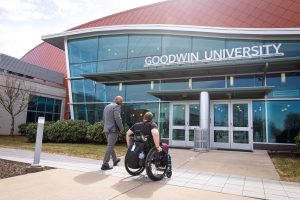
My journey with UDL first began in 2022 when I was a visiting scholar at Boston College. There, I had the privilege of working with two leading UDL experts, Professors Elizabeth Dalton and Richard Jackson, who first introduced me to the framework.
Later, in 2024, Professor Dalton connected me with Professor Annjanette Bennar of Goodwin University, a strong advocate for UDL. Professor Bennar encouraged me to attend Goodwin’s Universal Design for Learning Institute, where I had the privilege of learning from Professors Diana LaRocco and Robert LeGary.
I was motivated to enroll because of my deep commitment to inclusive education and the transformative potential of UDL. Goodwin’s reputation for excellence in this area, coupled with the expertise of its faculty and the personal recommendation from Professor Bennar, gave me the confidence that this program would align with and strengthen my work.
Assessing barriers for diverse learners
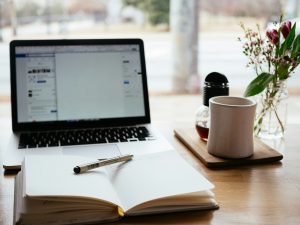
At the UDL Institute, my instructors encouraged me to closely examine the learning barriers in my course, BPT 1501, and consider how UDL principles could help address them.
One of my most significant challenges as a lecturer is meeting the diverse needs of students in an open-distance e-learning environment. My students represent a wide range of experiences and needs. Some struggle with language barriers that hinder comprehension, while others, coming from under-resourced schools, have had little exposure to online tools. Many live in deep rural areas where reliable internet makes attending live sessions nearly impossible.
Their learning preferences also vary — visual, auditory, and beyond — which makes differentiated approaches essential. For example, in my course, students often find it difficult to interpret written scenarios due to complex language and unfamiliar academic terminology.
These challenges highlight the urgency of inclusive, adaptable strategies that respect each learner’s context. They also continuously motivate me to innovate, reflect, and remain flexible in my approach.
Addressing barriers through UDL
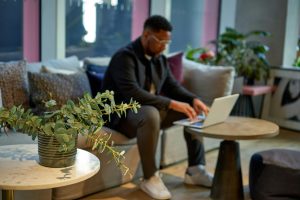
As I progressed in my studies at Goodwin, I focused on revising the assessment design for BPT 1501. One major barrier I identified was that assessments required students to interpret scenarios written in complex academic language and respond exclusively in written form. This overlooked linguistic diversity and limited students’ ability to demonstrate understanding in ways that matched their strengths.
For instance, in one assignment, students were tasked with designing a teaching tool, explaining how to use it, and then posting a video on YouTube. To my dismay, nearly 70% of students did not submit the assignment — largely due to discomfort with oral presentations or unfamiliarity with the platform. When I revised the task to include a written narrative option, submission rates improved significantly.
This was a powerful reminder of UDL Guideline 5.1: Use multiple media for communication, which emphasizes giving learners different ways to demonstrate their understanding.
Several other UDL considerations also proved especially valuable in guiding my teaching practice:
- Consideration 1.2: Support multiple ways to perceive information, which reinforced the importance of offering content in varied formats, such as written texts, visuals, and recorded sessions.
- Consideration 2.3: Cultivate understanding and respect across languages and dialects, which helped me address linguistic barriers by incorporating glossaries, encouraging code-switching in forums, and embedding visuals into scenarios.
- Consideration 2.5: Illustrate through multiple media guided me in presenting information through videos, diagrams, and audio to accommodate different learning preferences.
- Consideration 8.3: Foster collaboration and collective learning encouraged me to create opportunities for peer-to-peer interaction through discussion forums and collaborative projects.
With these considerations in mind, I implemented strategies such as word action lists to support comprehension, encouraged teaching assistants to code-switch when necessary for multilingual accessibility, and provided recorded sessions for self-paced learning. Students were further supported by teaching assistants through real-time tutorials and discussion forums. These changes fostered greater participation, deeper conceptual understanding, and increased student autonomy.
The impact was clear: students who once struggled with written tasks began to excel through video presentations and multilingual discussions. The use of glossaries and recorded sessions prompted more thoughtful questions and richer discussions, showcasing how varied entry points into learning can spark both confidence and collaboration.
UDL Solutions for Sub-Saharan Africa
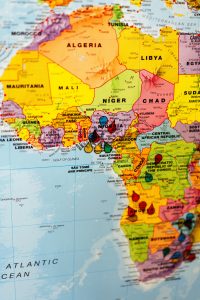
My experience with UDL has fundamentally shifted my perspective on teaching. Now, I see my role not as merely delivering content, but as designing for accessibility. Flexibility, representation, and choice are not extras — they are essential. When barriers are removed, we don’t just support students; we transform the learning environment for everyone.
In resource-limited settings, like many across Sub-Saharan Africa, UDL offers practical solutions. It emphasizes flexibility over technology, leveraging what is available — multilingual support, indigenous games, simplified glossaries, and collaborative learning. These low-tech, contextually relevant tools can have a profound impact without requiring significant resources.
In addition to committing to UDL in my own classroom, I am now leading a three-year research project, Universal Design for Learning: Approaches and Strategies for 21st Century Mathematics Classrooms. Funded by a Women in Research (WiR) grant from UNISA, this groundbreaking initiative will explore how UDL can be implemented in mathematics education across Sub-Saharan Africa. The project will focus on developing adaptable teaching strategies, multimodal content delivery, and equitable assessment practices that foster learner autonomy, conceptual understanding, and meaningful engagement.
Progressing inclusion in education

For educators curious about UDL but unsure where to begin, my advice is simple: start small and stay intentional. Give students choices in how they access or express their learning. Use simple tools like glossaries, recorded sessions, multilingual explanations, or concept maps to reduce barriers. And most importantly, listen to your students. Their feedback will guide your next steps.
UDL is not about perfection, but about progress toward inclusion. Let the principles shape how you plan lessons, design instruction, and create assessments. For me, the UDL framework has become like a bible for educators — one that should be studied, lived, and carried into every classroom.
About Dr. Mirriam Matshidiso Moleko

Dr. Mirriam Matshidiso Moleko is a senior lecturer at the University of South Africa (Unisa) and a former mathematics teacher at various high schools in the Free State. She served as a mathematics junior lecturer and a lecturer at Maluti FET College and the University of the Free State, respectively. She holds a PhD in Curriculum Studies, specialising in mathematics education. Her career in higher education spans over 16 years as a new academic tutorial programme coordinator (UFS, Qwaqwa Campus), teaching and learning coordinator (UFS, Bloemfontein), and mathematics education lecturer at UFS Bloemfontein. She was a visiting scholar at Rhode Island University and Boston College in the USA in 2022.

